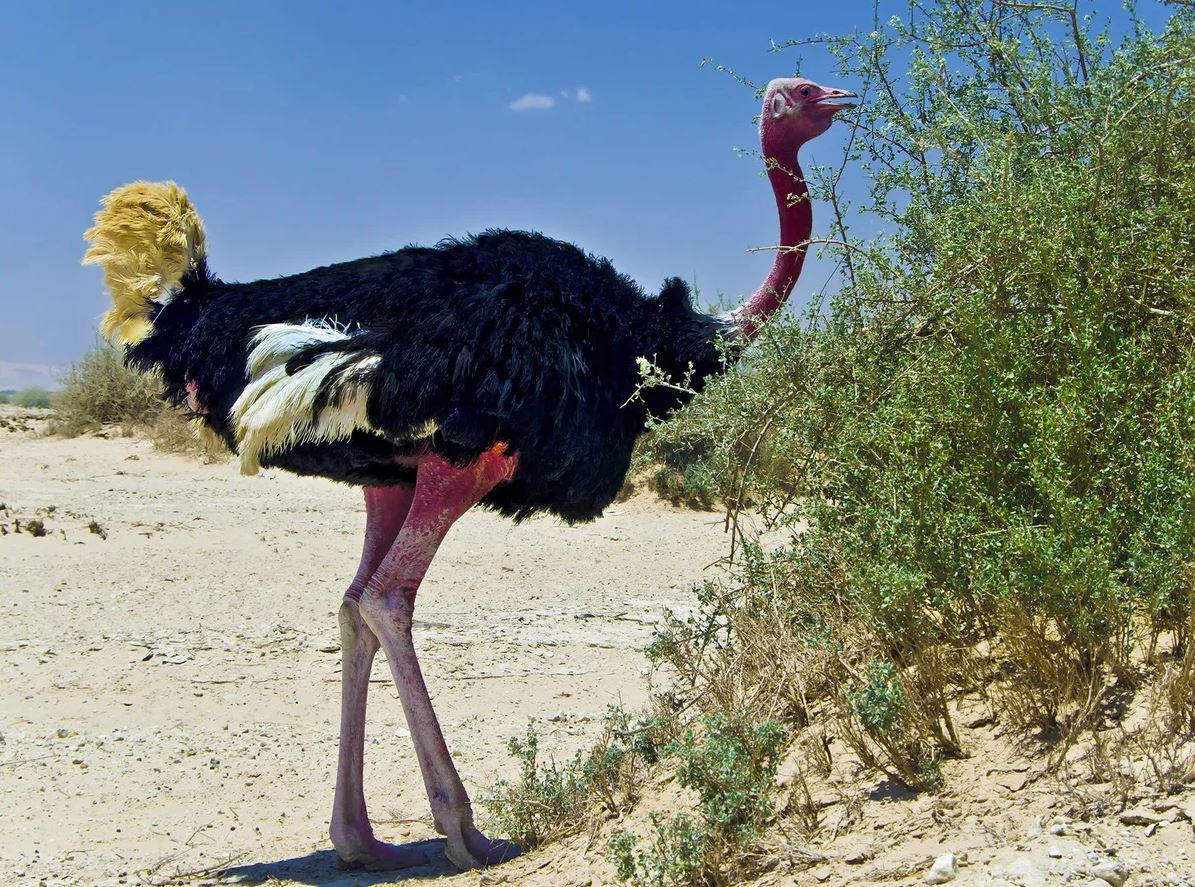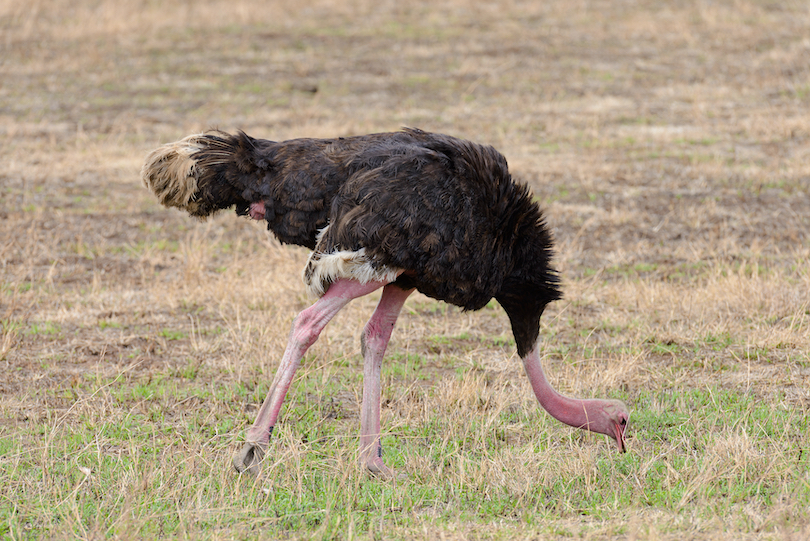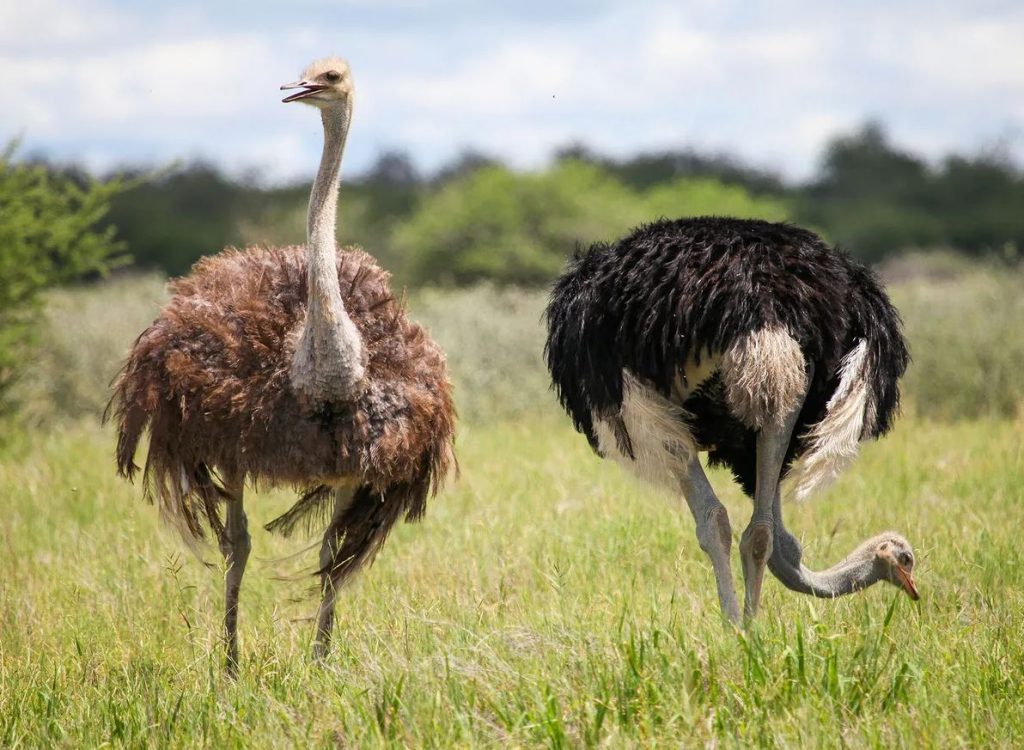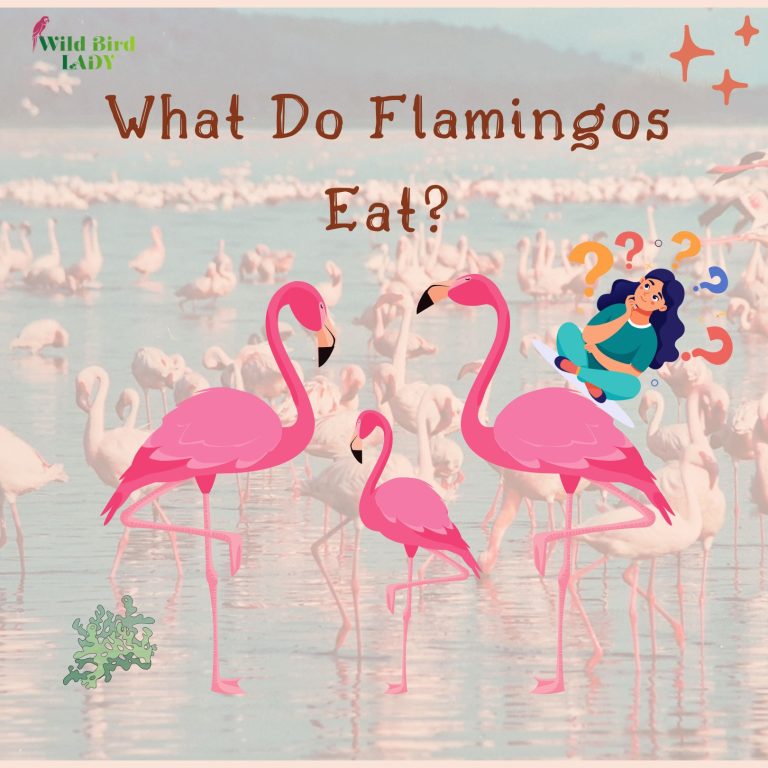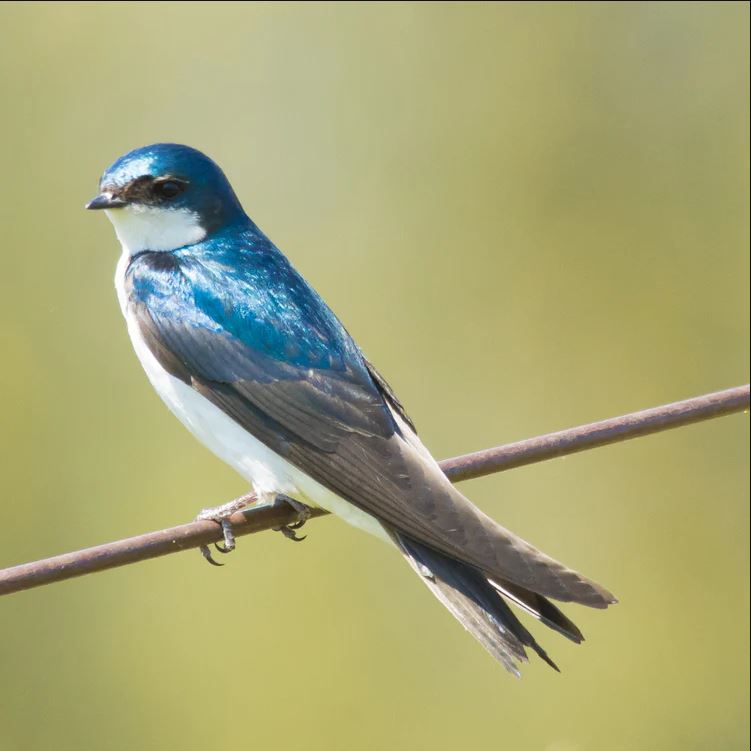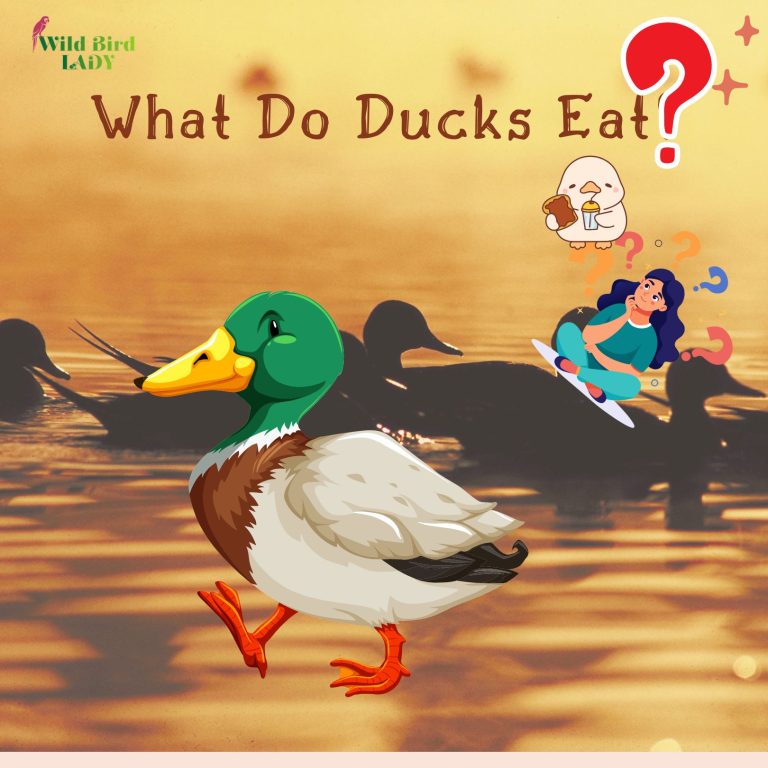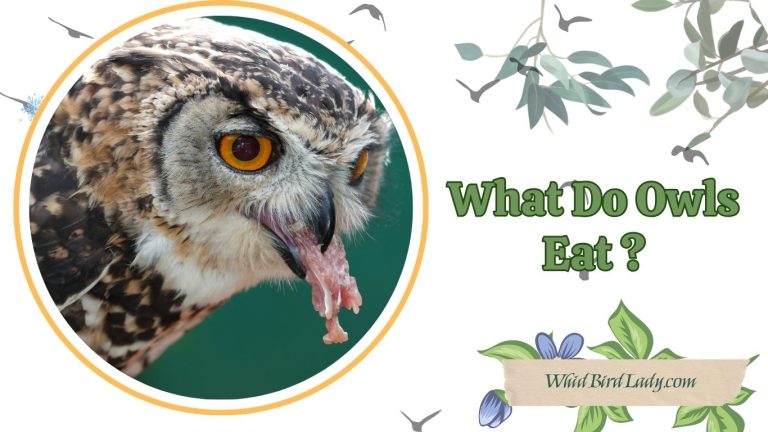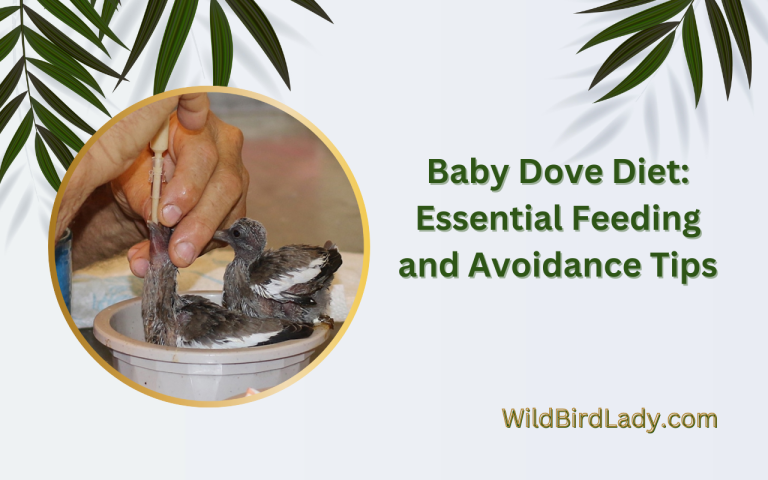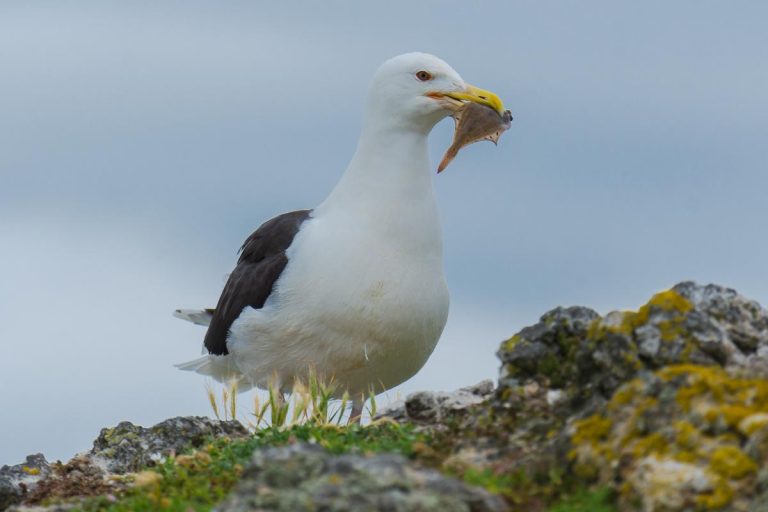What Do Ostriches Eat? A Complete Guide to the Ostrich Diet in the Wild and Captivity
Ostriches are the world’s largest and heaviest birds, famous for their long necks, powerful legs, and flightless nature. But have you ever stopped to wonder—what do ostriches eat? Whether in the wild plains of Africa or a managed zoo habitat, ostriches have a diverse diet that supports their size, speed, and survival.
Ostriches are fascinating creatures with unique dietary needs that vary between wild and captive environments. This comprehensive guide explores the full spectrum of an ostrich’s diet—including what they eat, how they digest food without teeth, and how their feeding habits shift with the seasons and surroundings.
Ostrich Basics: Habitat and Biology
Before diving into their dietary needs, it’s important to understand the ostrich’s habitat and physiology. Native to sub-Saharan Africa, ostriches (Struthio camelus) thrive in savannas, grasslands, and semi-arid deserts.
Key physical traits that influence their feeding behavior:
- Height: Up to 9 feet tall
- Weight: Up to 340 pounds
- Speed: Can run up to 45 mph
- Flightless: No keel bone for wing-powered flight
- Beak structure: Broad, flat, with no teeth
- Gizzard: Powerful digestive organ used to grind food
Their environment and physical features combine to shape their foraging behavior and dietary needs.
What Do Ostriches Eat in the Wild?
In their natural African habitat, ostriches are omnivorous foragers. They primarily feed on plants but occasionally eat animal matter for protein.
1. Plant-Based Diet (Primary)
According to the Smithsonian National Zoo and Conservation Biology Institute, about 90% of a wild ostrich’s diet consists of plant matter.
Common wild plant foods include:
- Grasses
- Leaves and twigs
- Shrubs and succulent plants
- Seeds
- Berries and wild fruits
- Roots and bulbs (in drought seasons)
Ostriches tend to browse more than graze, selecting leafy parts of low shrubs or tall grasses. Their long neck gives them access to foliage other ground birds can’t reach.
2. Animal Matter (Occasional)
Ostriches also consume:
- Insects (locusts, termites, beetles)
- Small lizards
- Rodents (rarely)
- Carrion (very rarely)
This occasional consumption of protein-rich items helps supplement their nutritional intake, particularly in arid regions where plants are scarce.
“Ostriches have been observed eating locusts and other insects opportunistically,” notes the San Diego Zoo Wildlife Alliance. “But their primary food source remains vegetation.”
What Do Ostriches Eat in Captivity?
Captive ostriches, whether in zoos, farms, or wildlife sanctuaries, have diets tailored to mimic their natural foraging while meeting specific nutritional needs.
1. Commercial Ostrich Feed
Most ostrich farms provide a high-fiber, pelleted feed rich in:
- Alfalfa
- Corn
- Soybean meal
- Wheat bran
- Vitamin and mineral supplements
The feed is specially formulated to support rapid growth, reproductive health, and strong skeletal development.
2. Fresh Produce and Grasses
To mimic wild browsing, caretakers also offer:
- Kale, spinach, and lettuce
- Carrots, beets, and zucchini
- Apples, pears, and berries
- Timothy hay or Bermuda grass
According to the University of California Agriculture & Natural Resources, “a well-balanced diet is essential to prevent skeletal deformities and boost egg production in breeding ostriches.”
3. Calcium and Grit
Ostriches in captivity must also be provided with:
- Grit (small stones): Helps grind down food in the gizzard
- Calcium supplements: Especially for laying females
Without grit and calcium, ostriches can suffer from malnutrition or poor digestion.
How Ostriches Digest Food Without Teeth
One of the most remarkable features of an ostrich’s biology is its ability to digest tough, fibrous plant material without any teeth. Unlike mammals that chew food before swallowing, ostriches have evolved a highly specialized digestive system that compensates for their lack of mastication.
Step-by-Step Digestion Process
1. Swallowing Whole:
Ostriches use their flat, broad beaks to peck at food. Since they lack teeth, they can’t chew—so they tear off manageable pieces and swallow them whole. This includes not only plant matter but sometimes small stones or sand.
2. Crop (Temporary Storage):
Once swallowed, the food passes into the crop, a muscular pouch in the esophagus that temporarily stores food. This allows ostriches to feed quickly and digest later, which is especially useful in predator-prone open habitats.
3. Proventriculus (Glandular Stomach):
From the crop, food enters the proventriculus, where it is mixed with digestive enzymes and acids to soften it before mechanical grinding.
4. Gizzard (Mechanical Stomach):
The most crucial organ in ostrich digestion is the gizzard, a powerful, muscular chamber that physically grinds the food. Ostriches swallow small stones and grit, called gastroliths, which act like internal grinding tools to break down fibrous material such as grass, stems, and leaves.
Fun Fact: A healthy adult ostrich may carry up to 1 kilogram (2.2 pounds) of stones in its gizzard at any given time to aid this grinding process.
This system enables ostriches to efficiently extract nutrients from cellulose-rich vegetation—an impressive adaptation for survival in arid and food-scarce environments.
Seasonal Variations in Ostrich Diet
Like many wild animals, ostriches adjust their diet based on the availability of food throughout the year. These seasonal shifts are especially noticeable in their natural African habitats, where rainfall and vegetation patterns vary dramatically between dry and wet periods.
Dry Season (Typically May to October)
During the dry season, vegetation becomes sparse, and water sources may dry up. As a result, ostriches rely more on:
- Roots and bulbs: These store moisture and nutrients underground, making them a vital food source.
- Drought-tolerant shrubs and woody plants: Ostriches browse tough leaves and stems, using their powerful gizzards to break them down.
- Low-protein diet: Insects and soft plants become scarce, so protein intake drops.
- Occasional animal matter: If available, ostriches may opportunistically feed on insects, lizards, or small vertebrates to compensate for nutrient deficiencies.
These changes help ostriches survive in arid environments where food scarcity is common.
Wet Season (Typically November to April)
The wet season brings new life to the savanna. With rains stimulating rapid plant growth, ostriches enjoy a more nutrient-rich and diverse diet:
- Fresh green grasses and herbs: Soft and easy to digest, these provide essential fiber and hydration.
- Wild berries and flowers: These seasonal items add variety and are often rich in antioxidants and natural sugars.
- Insects: Rain brings out a surge in insect populations like termites and locusts, giving ostriches more opportunities for protein intake.
This abundance allows ostriches to build fat reserves, molt feathers, and prepare for breeding.
Breeding Season (Varies by Region)
Ostriches breed during or shortly after the wet season when food is plentiful. During this time, they adjust their intake to support the energetic demands of courtship, egg-laying, and raising chicks.
Key dietary shifts include:
- Increased protein: Insects and even small vertebrates are consumed more frequently to boost energy levels.
- Calcium intake: Especially important for females forming eggshells.
- Higher food volume: Both males and females tend to eat more to maintain strength during territorial and mating behaviors.
Seasonal Adjustments in Captivity
In managed environments like farms or zoos, ostrich diets are carefully adjusted to mirror natural rhythms and physiological needs:
- Molting periods: Birds are given extra protein and fatty acids to support feather regrowth.
- Breeding season: Calcium and vitamin D3 supplements are added to encourage healthy egg production.
- Stress periods (transport, enclosure changes): Easily digestible, familiar foods are prioritized to prevent digestive upset or loss of appetite.
These strategic modifications help captive ostriches maintain optimal health year-round, regardless of external climate conditions.
What Not to Feed an Ostrich
Just because ostriches are omnivores doesn’t mean they can eat everything. Here are items that should be strictly avoided:
Toxic Foods:
- Avocado (contains persin)
- Chocolate
- Onions and garlic (can damage red blood cells)
- Rhubarb leaves
- Tomato stems and green potatoes
Processed or Human Foods:
- Bread or pasta (can cause crop impaction)
- Salty snacks
- Dairy products
- Fried or sugary foods
“Feeding inappropriate foods can lead to gastrointestinal blockages, nutrient deficiencies, or toxicity,” warns The Merck Veterinary Manual.
FAQs About Ostrich Feeding Habits
1. Do ostriches need water daily?
Yes. While ostriches can survive without water for a few days by extracting moisture from plants, they still drink 2–4 liters of water per day when available.
2. Can ostriches overeat?
In captivity, yes. Overfeeding commercial grains or pellets can lead to obesity or fatty liver disease. Monitoring portion sizes is key.
3. Do ostriches feed at night?
No. Ostriches are diurnal feeders, meaning they are active during the day and rest at night.
4. How much food does an adult ostrich eat daily?
An adult ostrich may consume 3–5 pounds of food per day, depending on activity level and season.
5. Are ostriches picky eaters?
Not really. They are opportunistic feeders but may reject bitter or unfamiliar foods initially.
Final Thoughts on Ostrich Diets
Understanding what ostriches eat provides valuable insight into their health, behavior, and adaptability. In the wild, they thrive on a plant-heavy, varied diet with occasional protein sources. In captivity, nutrition must be carefully balanced with pellets, produce, grit, and supplements.
As someone who has observed ostriches in both national parks and zoological settings, I can confidently say that their diet plays a central role in their vitality and longevity.
Whether you’re an ostrich farmer, a zookeeper, or a curious bird lover, keeping these dietary insights in mind ensures these fascinating birds live healthy, enriched lives.
Read Also: What Do Egrets Eat? A Deep Dive into the Diet of These Elegant Waders

